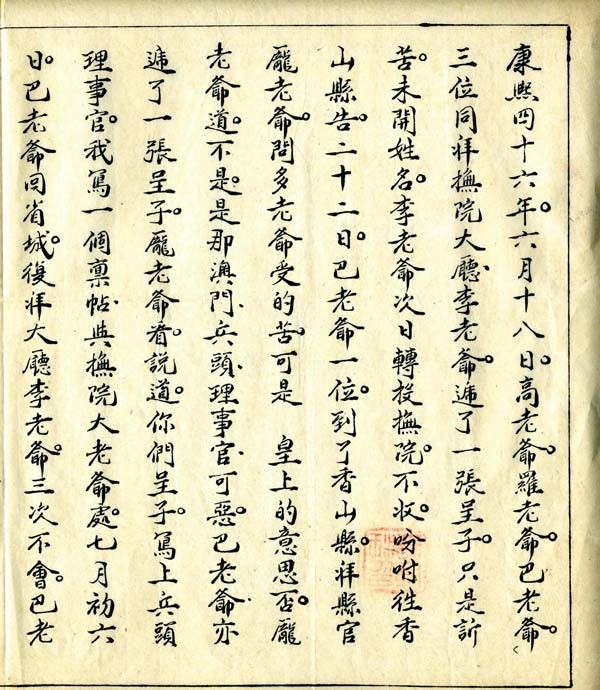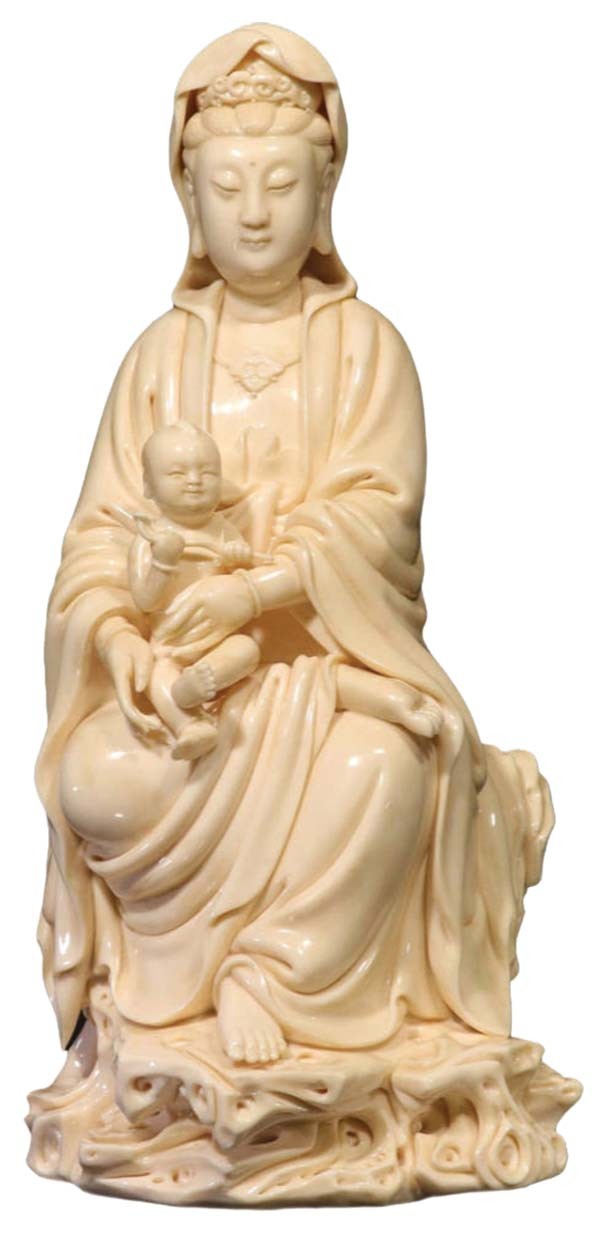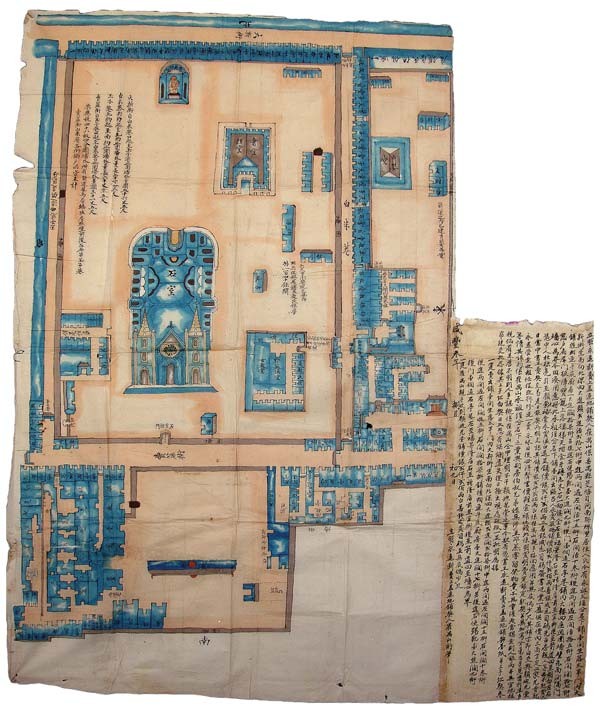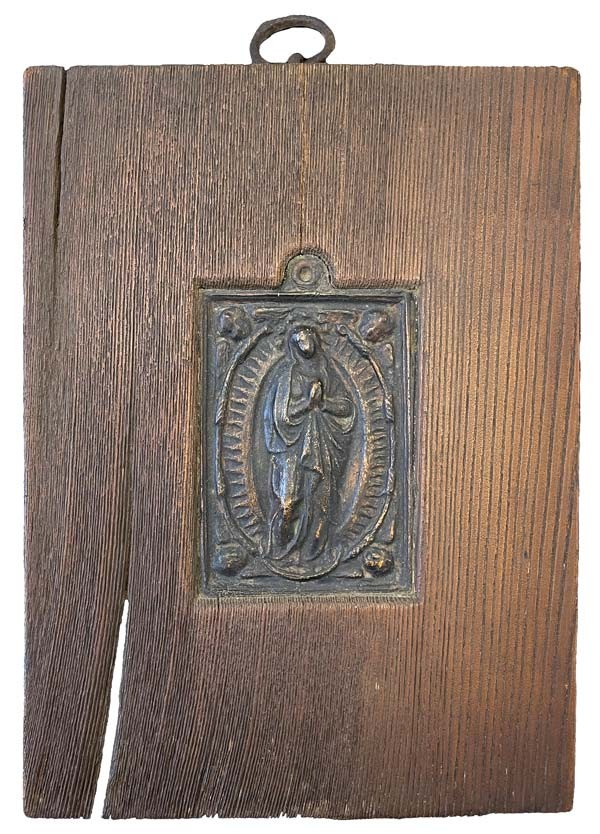Lifting Others
Lauren Blodgett '11 started a nonprofit that's empowering young immigrant women.

Painting of Jesus reciting his lessons Catholic artist Gao Tihan completed this painting portraying Jesus and Mary in Beijing before the Communist revolution of 1949.
All photos: Courtesy of the Ricci Institute for Chinese-Western Cultural History
Introducing BC's Ricci Institute
Dedicated to East-West cultural exchange, the research center houses thousands of rare artworks, books, and manuscripts.
The Ricci Institute for Chinese-Western Cultural History will open later this spring at the Creagh Library on the Brighton Campus, giving Boston College faculty and students access to thousands of rare East Asian artifacts from the 16th century to the early 20th century, including more than 100,000books and manuscripts. The world-renowned research center was founded in 1984 at the University of San Francisco, a Jesuit Catholic institution, and recently moved to BC.
The institute is named for Fr. Matteo Ricci (1552–1610), who was one of the leading figures of the Jesuit missions in China, and its collection and work reflect the diversity of Ricci’s intellectual passions: cartography, medicine, astronomy, technology, and cultural exchange between the East and West. “We’re focused on the impact of Christianity in East Asia, but from a very interdisciplinary perspective, and with the common denominator of history,” said Fr. Antoni Ucerler, who oversaw the institute at USF and has relocated to the Heights to continue in his role as director. Xiaoxin Wu, the institute’s director of research, has also made the move from San Francisco—and the institute’s librarian, Mark Mir, will join them this spring.
Fr. Ucerler said that the institute plans to host international seminars, conferences, and public lectures on a range of topics, and to work with professors and departments across BC to be a resource for both undergraduates and graduate students. Its diverse inventory of artifacts, Fr. Ucerler said, invites researchers and visiting scholars to engage with history on a deeper level. “One thing that I’ve learned about young people is there is something about the visual and seeing the real thing,” he said. “It brings it all to life.” Here are a few of the works in the Ricci Institute’s extensive collection.

Emperor Kangxi’s letter
This rare manuscript is a letter written by the Chinese Emperor Kangxi to the Pope. The third emperor of the Qing dynasty, who ruled from 1654 to 1722, Kangxi was supportive of the Jesuits’ work in China.

Guanyin statue
Guanyin, the Buddhist Goddess of Mercy, depicted in this circa-19th-century porcelain statue, holds a unique place in Japanese religious history. During the 17th century, Japanese Christians who were forced to hide their faith used Guanyin statues as stand-ins to pray to the Virgin Mary.

Guangzhou cathedral plan
This architectural rendering was for a cathedral in the Chinese city of Canton, which today is known as Guangzhou. It is one of 12,000 documents in the Canton Archives—now housed at BC—which survived the Communist and cultural revolutions that took place in the area during the early 20th century.

Our Lady of Guadalupe Fumi-e
This fumi-e, or trampling image, features a bronze relief of the Virgin Mary framed by wood. During centuries of religious persecution in Japan, Christians were exposed if they refused to step on sacred images like this one.